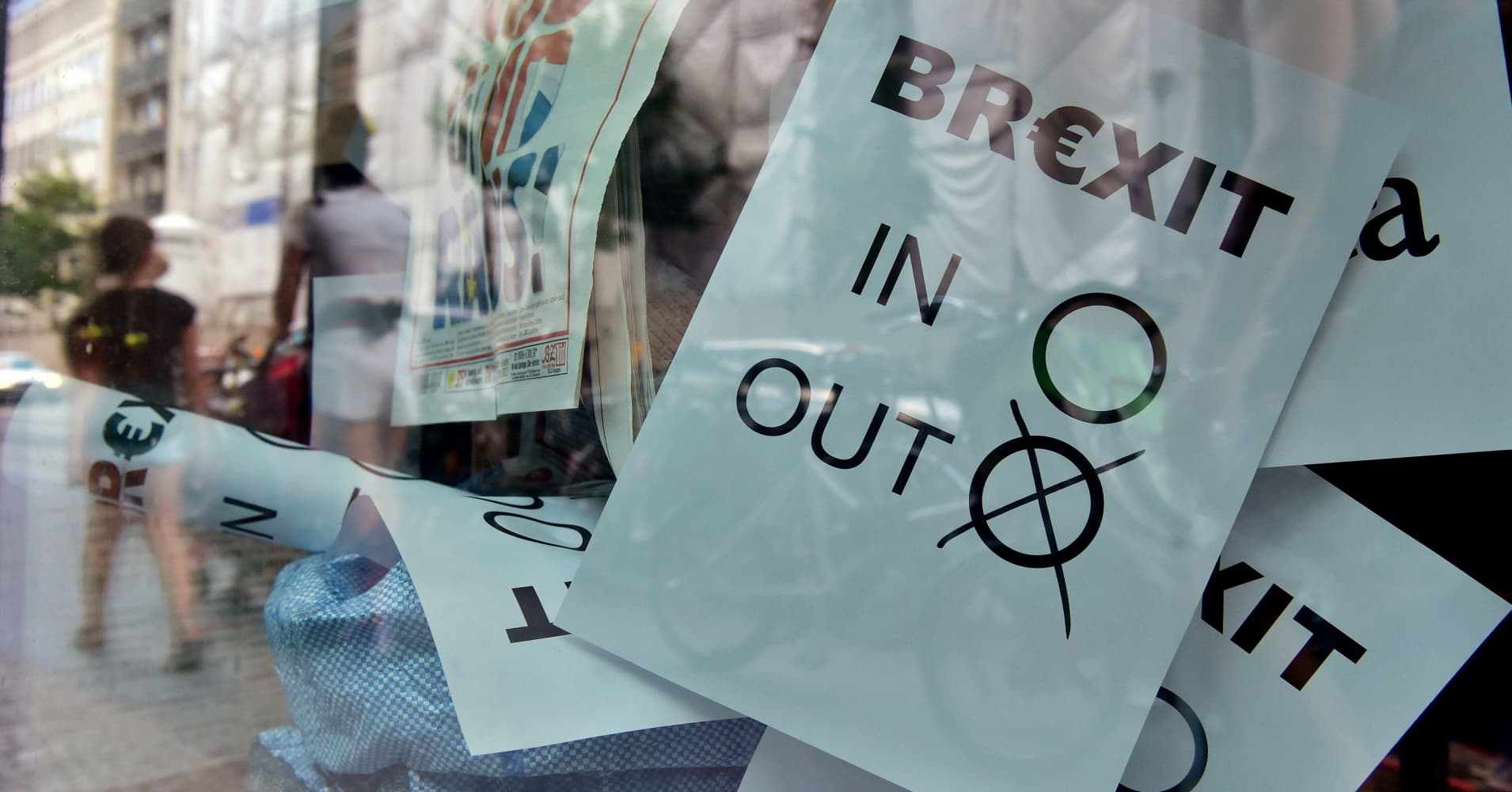 Sterling traded cautiously, after slumping to a three-month low against the dollar, as investors wait to hear from U. K. Prime Minister Theresa May on her Brexit plans.
Sterling traded cautiously, after slumping to a three-month low against the dollar, as investors wait to hear from U. K. Prime Minister Theresa May on her Brexit plans.
Fears of a « hard » Brexit from the European Union undermined the currency in Asia trading. However, May’s spokeswoman said on Monday that talk of a « hard » Brexit is « speculation. »
But currency traders are worried how sterling will react when May outlines her plans on Tuesday, with newspapers suggesting the prime minister will prioritise immigration controls and bilateral trade deals with Britain leaving the EU’s single market and customs union.
« When May spoke in October and again on Jan 8 sterling fell. The comments from her spokesperson over the weekend saying, ‘we are expecting a market correction’ underlines the presumption within government of the currency trading fresh lows, » Jeremy Stretch, head of G10 FX strategy at CIBC told CNBC via email.
Stretch explained that when May encouraged the pound negativity back in October, she failed to recognize or attempt to mitigate the impact of the slide.
« Expect much the same this time, indeed expect an attempt to make a virtue of the move via benefits to the export sector. »
The currency has seen a lot of volatility since the U. K. voted to leave the European Union. While the initial moves were dramatic, plunging from the highs of $1.50 to a 31-year low of $1.32, the currency fell a further 6 percent on October 7 on fears of a hard Brexit. The pound continues to remain under pressure at current levels of $1.20, down about 20 percent since June 23 – the day of the referendum.
« We see the Pound falling to parity with the euro on the combination of a hard-nosed Brexit negotiation by the U. K. government without an underlying economic plan, » Alberto Gallo, head of macro strategies at Algebris Investments.
Gallo said U. K. inflation is likely to rise too, above 4 percent on a 10-year horizon.
« The Bank of England will have limited ammunition to react, and any threat to hike rates will bear little credibility, as households remain constrained by rising debt levels. »
Last week HSBC created a « Brexometer » to understand what markets are expecting from Brexit. According to this Brexometer, a number between 0 and 100 will mean how hard a Brexit the market is expecting.
« If Brexit were never to happen, this would mean 0 on the Brexometer. We believe this is in line with GBP/USD trading around $1.55. However, the hardest Brexit would be 100 on the Brexometer. We believe this is in line with GBP-USD trading at $1.10 in the near term, » according to a research note from HSBC.
At the moment, with the pound trading in the $1.20 to $1.25 range, the currency market is pointing to a relatively hard Brexit, according to the Brexometer.
Over the weekend the Sunday Times reported that Theresa May will announce a « clean and hard Brexit » and prepare to pull the U. K. from the European market and the European customs union in exchange for the ability to control immigration laws and leave the jurisdiction of the European Court of Justice.
Markets have been worried such a decisive break from the single market would hurt British exports and drive foreign investment out of the country.
Follow CNBC International on Twitter and Facebook .






